Going gray as you age is a fact of life, and we either accept it or do something about it. Sometimes, we also like to pretend that our pets will live forever, which can make changes in their coat color distressing. Change of coat color can be completely normal in felines, but it can also be a red flag for other more serious problems. That’s why learning what’s causing your cat’s fur to change color is important. If you notice this, you might want to consider a trip to the vet.

The 6 Reasons Why a Cat’s Fur Might Change Color
1. Age
Let’s start with the obvious cause; aging. The cells in mammalian hair follicles that produce the color (melanin) that we see, are known as melanocytes. Cats either start their lives with more of these in their hair follicles, or their melanocytes degrade more slowly than other animals (scientists aren’t quite sure which yet!). This means that cats tend to go gray much later in life than dogs do. If your cat’s hair is changing color due to age, you’ll likely notice it around their muzzle first, and they will usually be in their more senior years. It’s often a gradual process that you may not even detect in a light colored cat. Remember, this is just a normal part of aging.
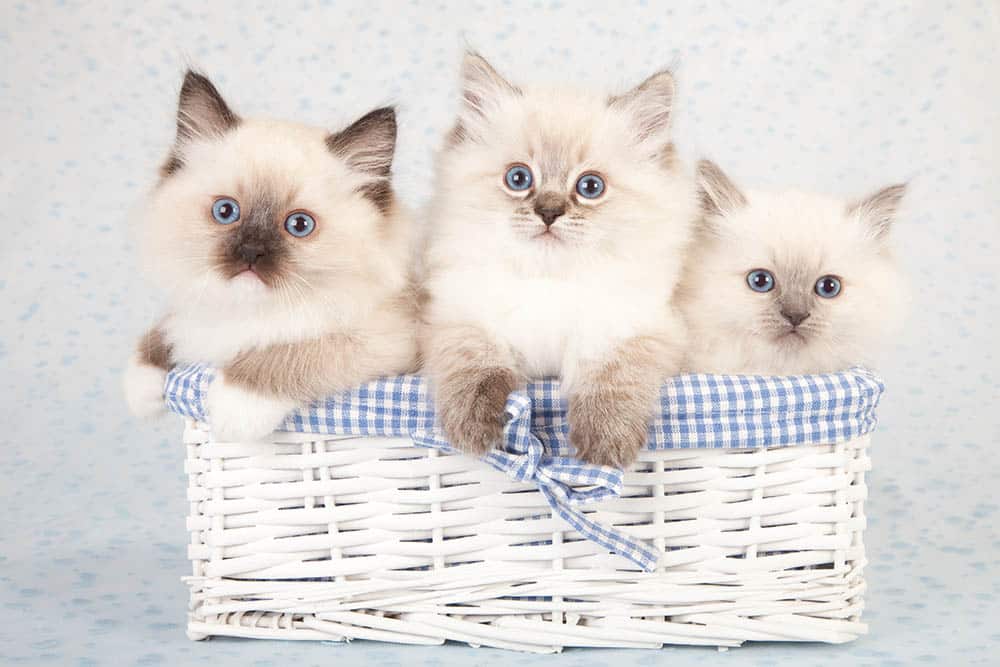
2. Genetics
Genetics can also cause color changes in your cat. The Siamese is a classic example. Kittens are born white and don’t get their points until they get older. Scientists have also documented it in the russet coloration of the Burmese cat breed, where the red color of the top of the head and the back develops with age. Clearly this is not harmful to the animals, it’s simply genetics playing its role.
3. Temperature and Melanin Suppression
The Siamese cat is a fascinating animal with the unique trait of pigments on their extremities, such as their paws, tail, and ears. This coloration is temperature sensitive due to a mutation in the enzyme, tyrosinase, that is responsible for making melanin. This mutation means that melanin can only be produced in temperatures under 36℃/96.8℉ i.e. at the extremities of the animal. This explains why the feet, ears, face and tail of the Siamese are dark where the rest of the body (the warmer parts) are light colored. Interestingly, this phenotype or visible representation of the characteristic is present in other feline breeds, such as the Himalayan and Burmese.
It’s thought that a color change can occur in adult cats with this mutation during the winter months, where their points may get darker (due to being colder). They will lighten again in the warmer months.
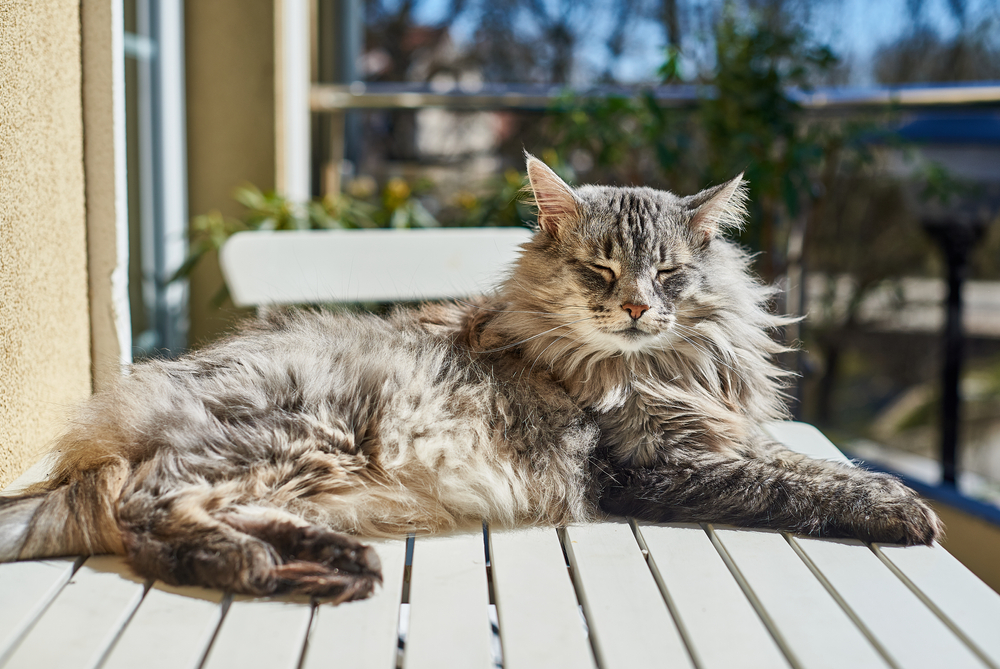
4. Illness
Diseases can cause color changes in your cat’s coat. Vitiligo is an autoimmune skin disorder characterized by symmetrical depigmentation of the skin. It’s been documented in humans for centuries. The condition is rare in cats but it does occur, particularly in Siamese cats.
The onset of vitiligo in cats is usually in young adulthood, and progression is gradual, with areas of depigmentation first appearing on the animal’s face. However, it’s a cosmetic issue rather than a health problem in felines and isn’t accompanied by any other pathology or illness.
Illnesses can cause other changes in a cat’s coat, for example cats suffering with hyperthyroidism may appear to have a dull and matted coat which might give the impression of color change. However, many of these apparent color changes are due to poor condition or more brittle hair follicles. These situations require a vet’s intervention.
If you need to speak with a vet but can't get to one, head over to PangoVet. It's an online service where you can talk to a vet online and get the advice you need for your pet — all at an affordable price!
5. Poor Nutrition
Poor nutrition can also wreak havoc on your cat’s coat and appearance. The coats of cats that are deficient in tyrosine and phenylalanine, two amino acids, may change from black to reddish-brown. This is because these amino acids are thought to be used in melanin synthesis. Interestingly, the original color will return when the animals are given sufficient amounts of tyrosine and phenylalanine.
Zinc deficiency may cause hair loss as well as other skin lesions, where copper deficiency can cause patchy hair loss and the loss of normal hair pigmentation. These conditions are serious because they can affect the animal in many other ways. You should consult your vet if you suspect a nutritional issue and always ensure your cat is fed high-quality, age-appropriate cat food.

6. Sun Exposure
Sun exposure can have the same effect on your cat’s fur as it has on your hair. UV radiation can bleach its color and make it appear dull and faded. Of course, outdoor pets are the most vulnerable, and cats often love to lie in the sun.

Final Thoughts
Discuss the matter with your vet if you notice a change in your cat’s coat. It could be benign and simply a sign of aging and the animal’s genetics at work. However, other issues can cause this as well, particularly if it occurs suddenly. These cases warrant further investigation to get to the root of the problem. Felines often mask illnesses and injuries, so it’s your responsibility as a pet owner to access veterinary care when there is a change to their health or appearance.
Featured Image Credit: Frau aus UA, Shutterstock
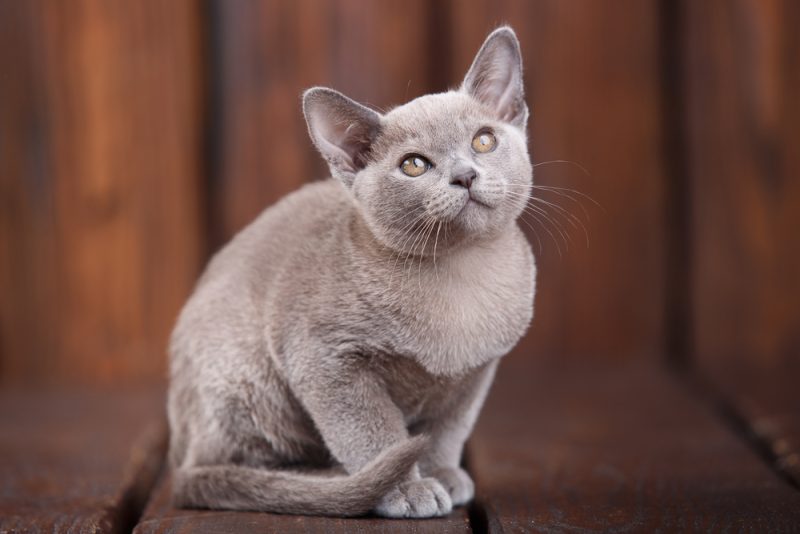


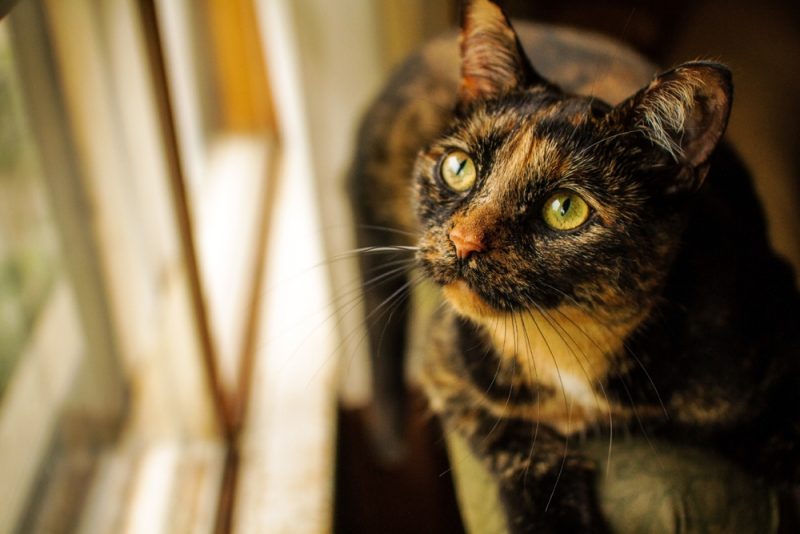
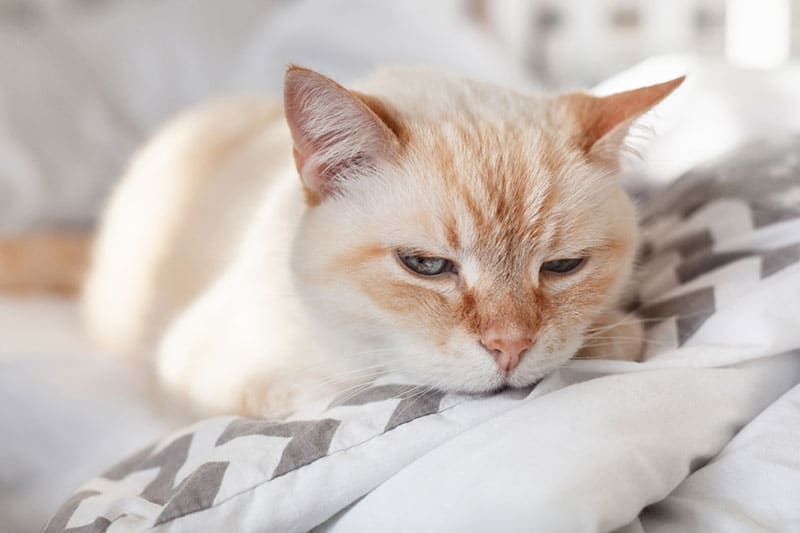
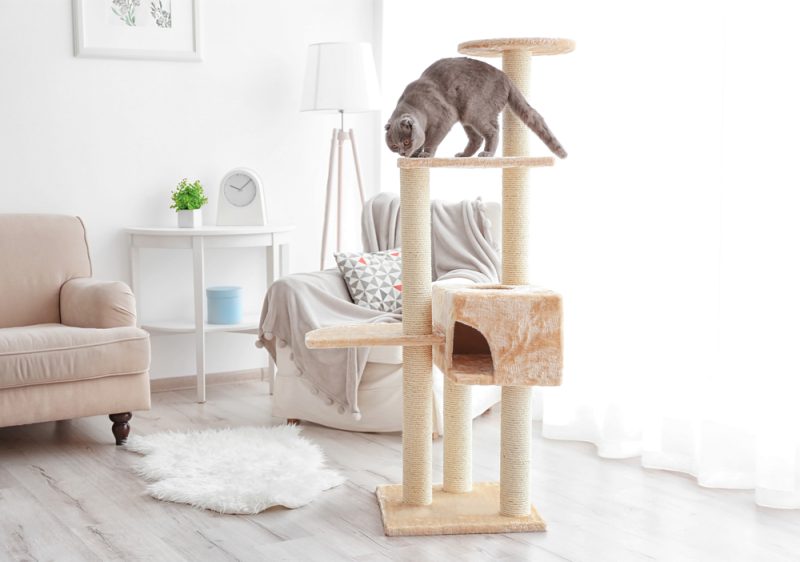
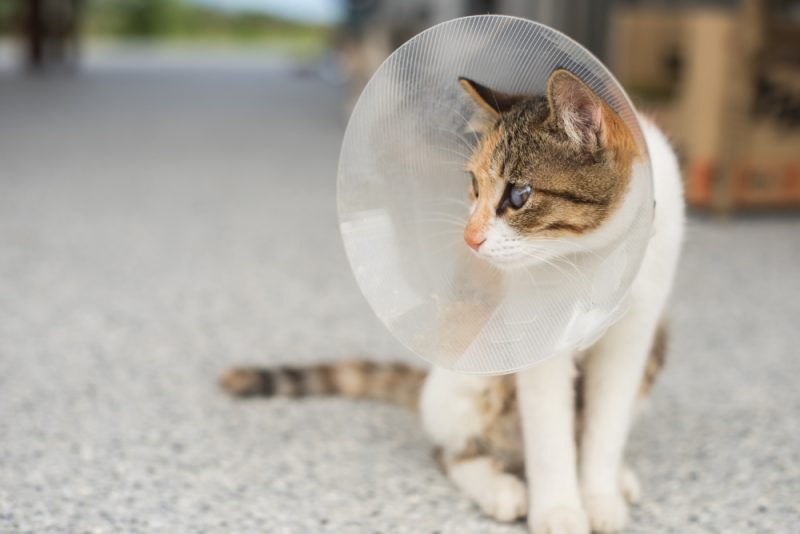
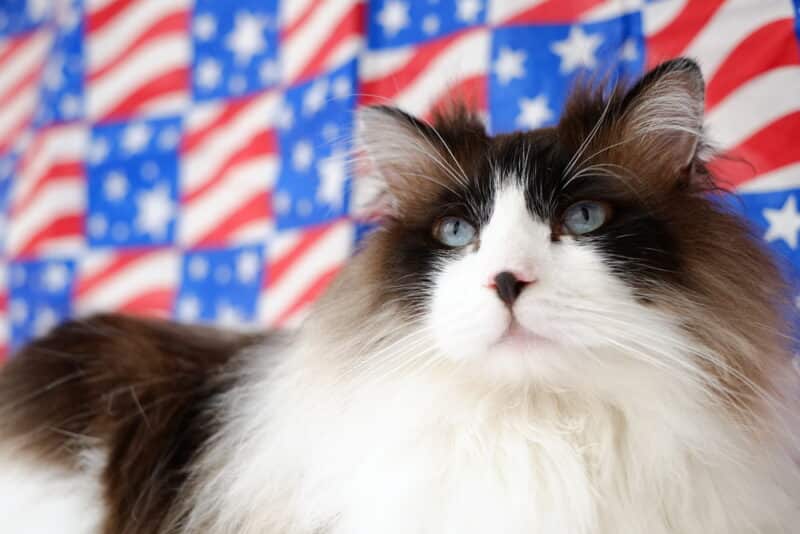
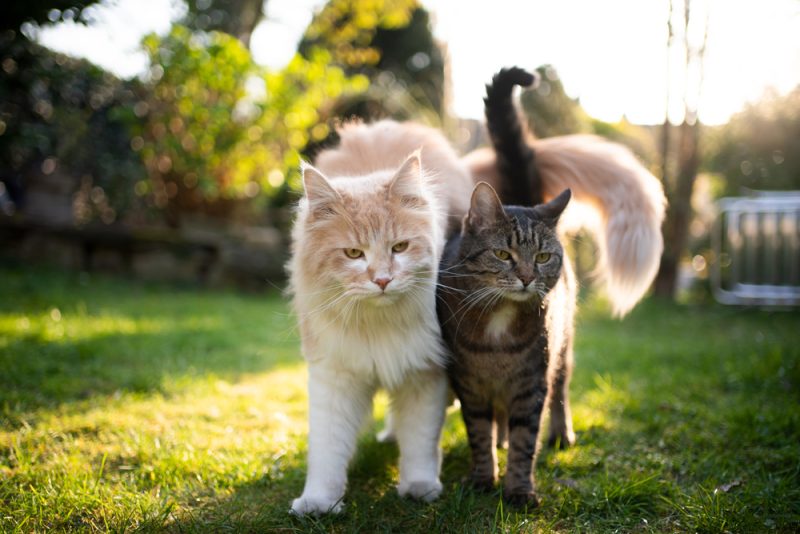
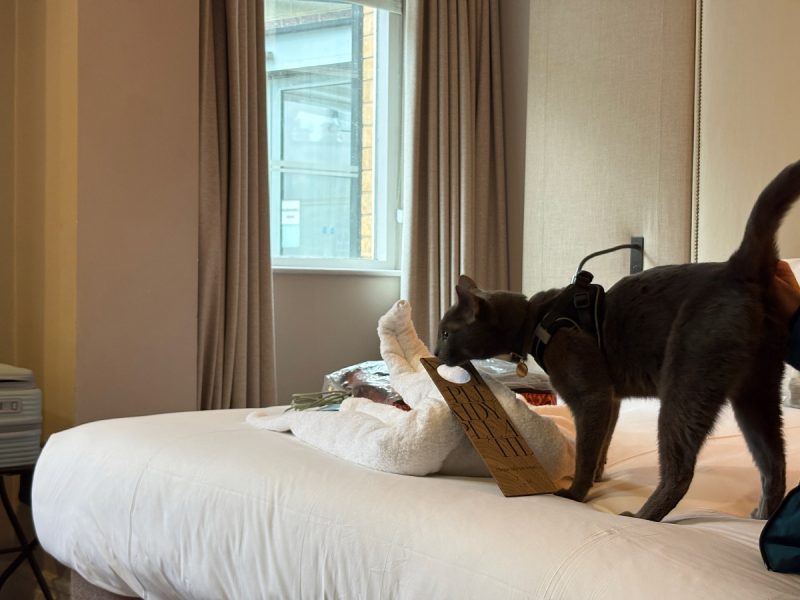
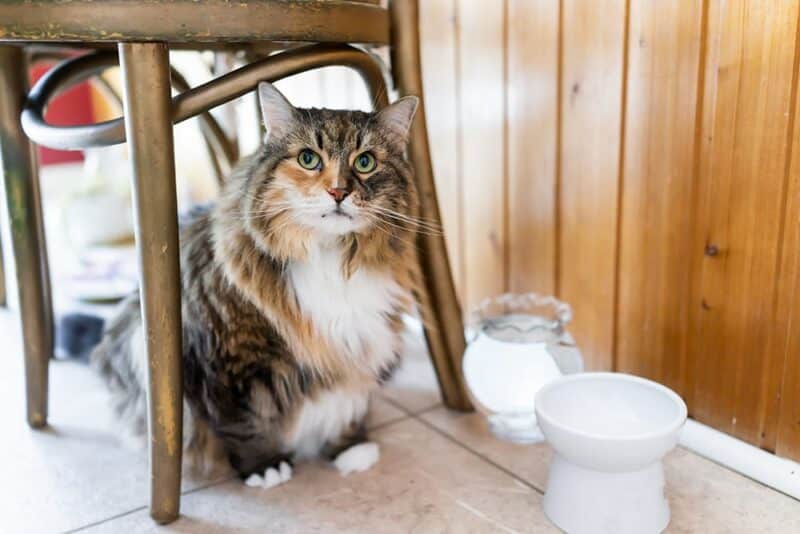
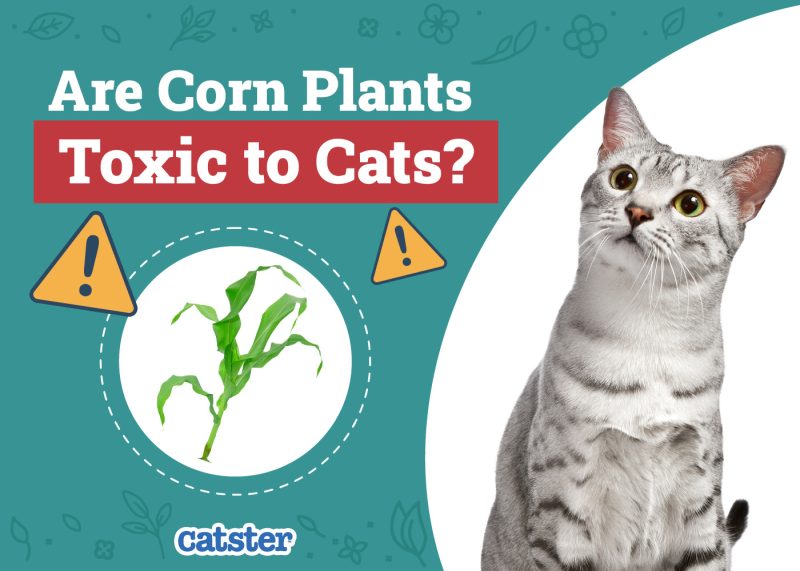

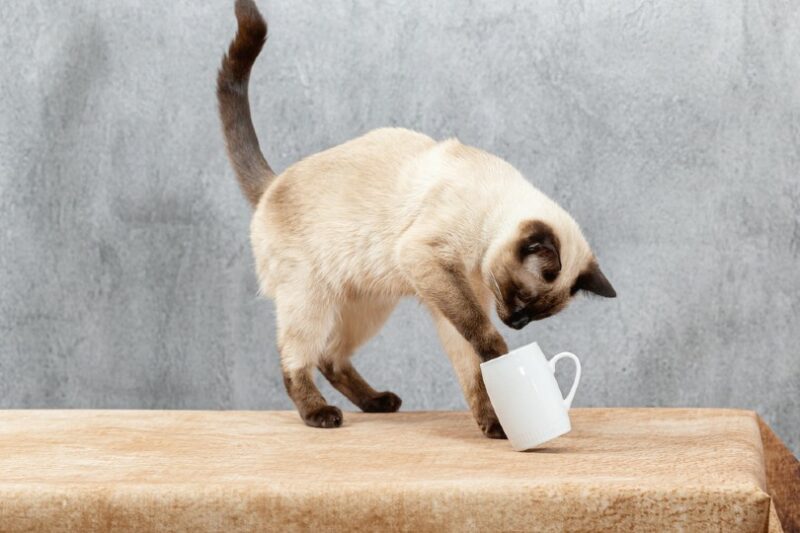
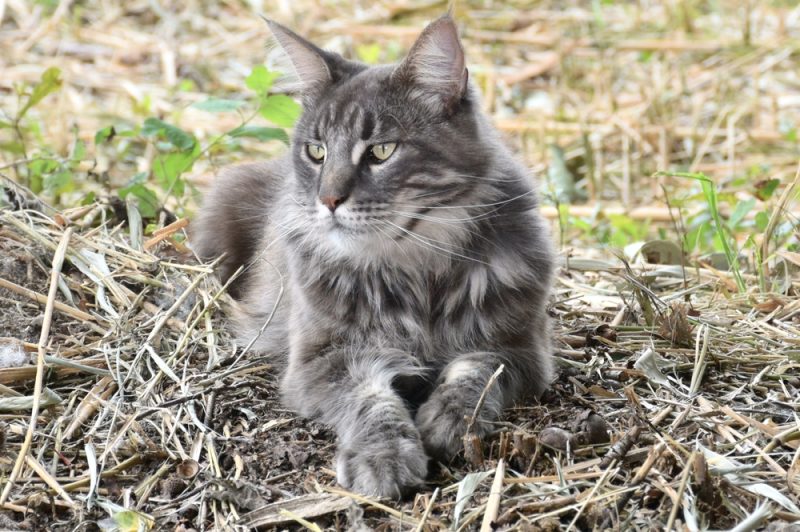



2 Responses
Not sure if our cat changing colour is normal.We've had cats for 40 years or so and never seen this. She's in good condition,eats remarkably large amounts of proper cat food. The only symptom is she's very clingy.
Hi Dennis, thanks for sharing your story. As mentioned, there are some normal instances when some cats change color, for example, with temperature due to having the Himalayan gene. If you are concerned about your cat's health, please book a consultation at www.pangovet.com to go through the specifics of your cat's case.